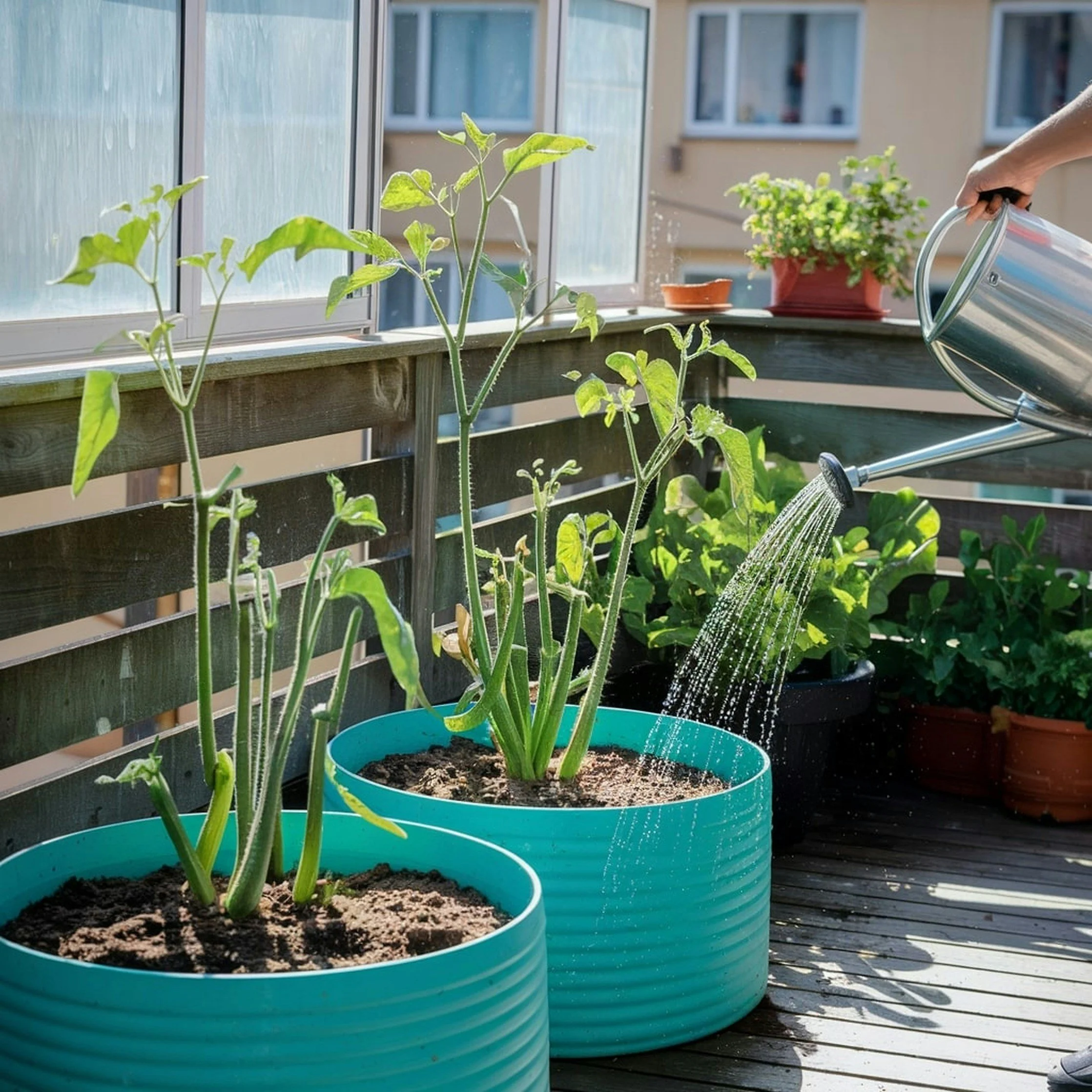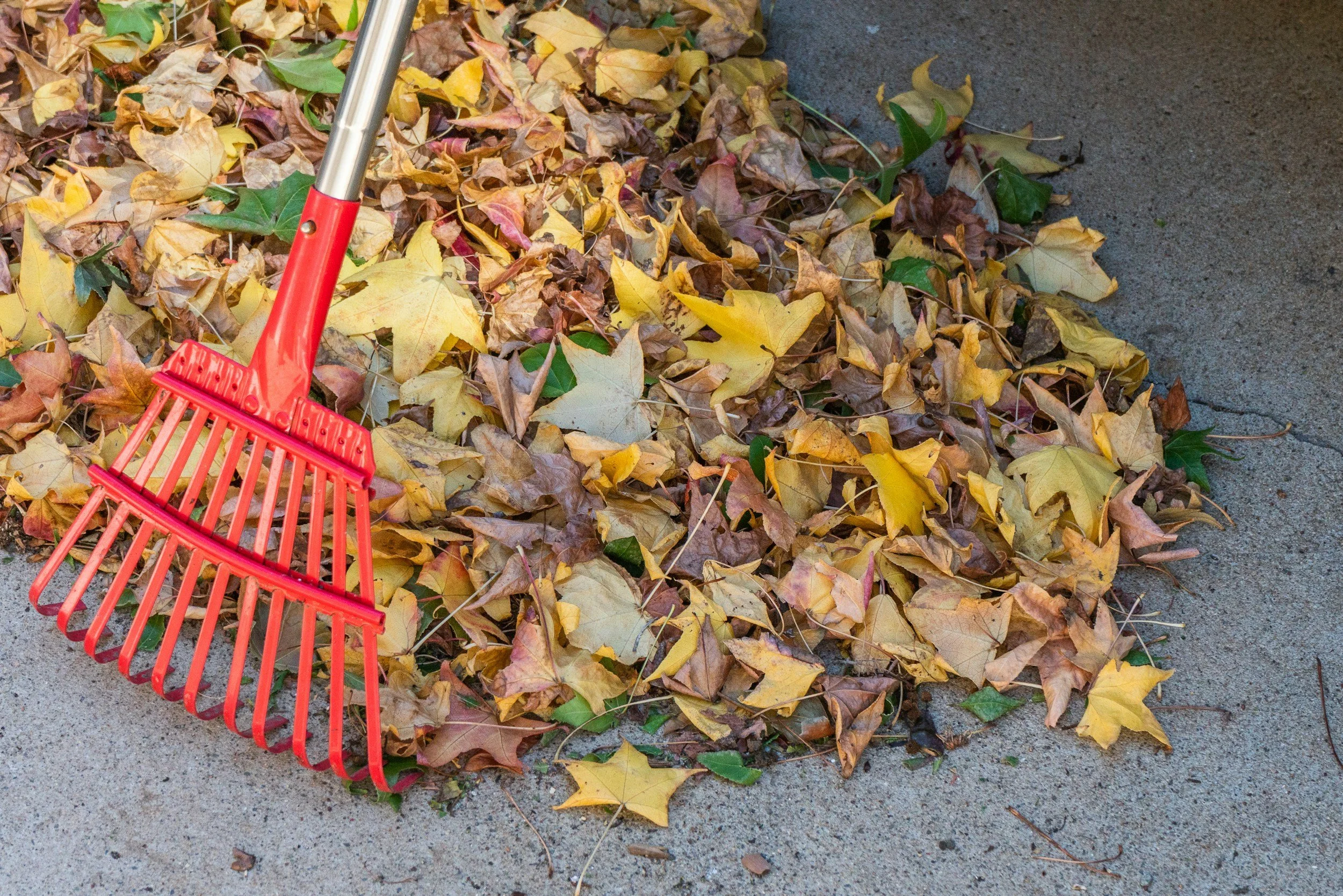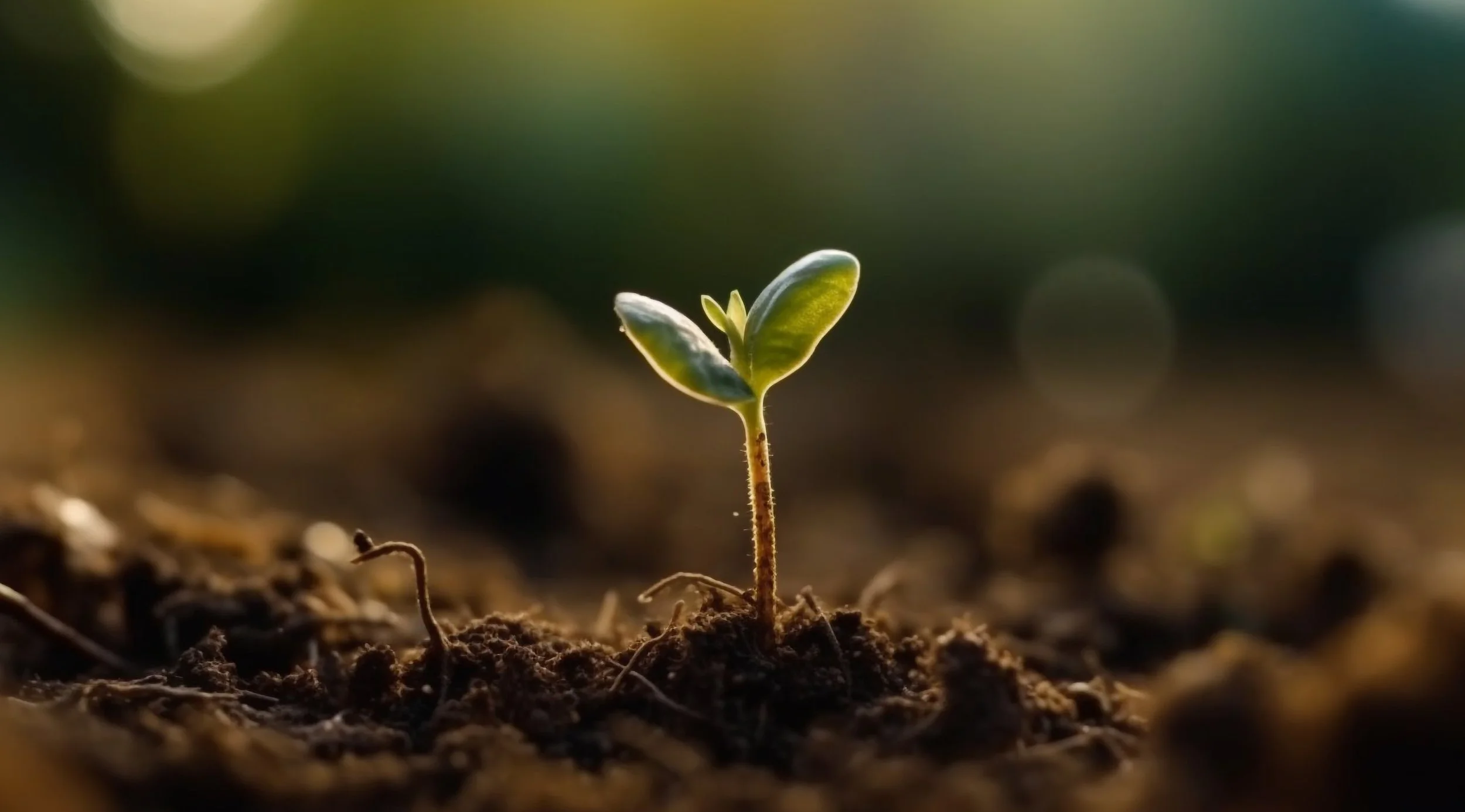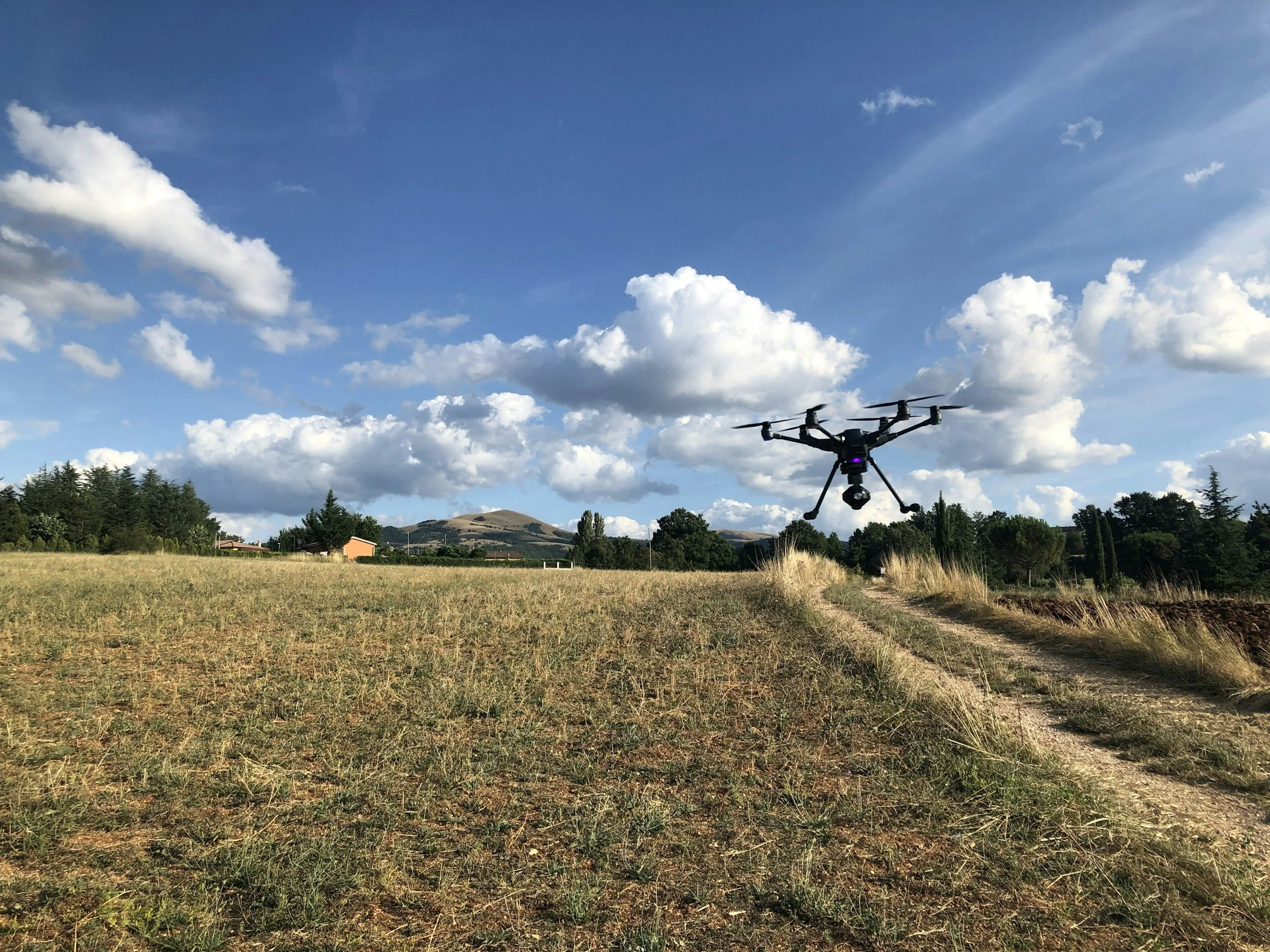Cold-Weather Color: 9 Hardy Plants That Flower Through Winter
/Winter is a time when most gardens in cold climates wind down, but what if you could enjoy vibrant color on long-blooming flowers all winter long? With the right plant choices, you can enjoy living blooms and vibrant foliage throughout the entire cold season. Some winter-blooming species not only lift spirits, but also support early pollinators, stabilize soils, and send out not-so-subtle signals that life continues even in the frost.
Below are eight tried and true plants that reliably bloom in the cold, along with a few lesser-known species you can try in your garden this winter. Just remember: for winter blooms, you have to start in the fall to give plants time to establish strong root systems. This guide can help you figure out what to plant now, aside from sharing some planting tips, ecological considerations, and the science behind cold tolerance.
The Science Behind Blooming in the Cold
Before diving into plant names, it helps to understand how some plants manage to survive freezing or near-freezing conditions—and still flower.
Cold tolerance and protective compounds. Many plants ramp up production of flavonoids and other antioxidant compounds during cold stress, which help scavenge reactive oxygen species generated by freezing injury.
Vernalization and “winter memory.” Some plants require a period of cold to trigger flowering (a process called vernalization). They essentially “remember” that they’ve been exposed to long-term chill before committing to blossom.
Age gating and genetic controls. In some perennials or woody plants, flowering under cold is controlled by molecular switches (for example, the SPL15 protein in Arabis alpina) that ensure only sufficiently mature tissues flower after winter exposure. This means that older plants are sometimes better equipped to flower throughout the cold season than younger ones.
Risk mitigation by timing & insulation. Many winter bloomers flower on well-protected wood (older branches), or just emerge from buds during brief warm windows, minimizing exposure of delicate tissues. Moreover, mulching, snow cover, or microclimates can buffer extreme temperature swings and keep plants blooming longer.
To put it briefly, nature has evolved multiple layers of protection for plants. As gardeners, we can help by choosing resilient species and planting in favorable conditions.
8 Hardy Winter-Blooming Plants to Try
Below is a mix of shrubs, groundcovers, and perennials. Always check your USDA hardiness zone (or your local equivalent) before planting.
Hellebores (Helleborus spp.): Sometimes called “Christmas rose” or “Lenten rose,” these perennials send up nodding, long-lasting blooms from late winter into early spring. Hellebores prefer partial shade and well-drained, neutral-to-slightly alkaline soil. Just be aware that all hellebores are toxic if ingested.
Winter Heath (Erica carnea): An evergreen groundcover or subshrub, E. carnea can start flowering in late winter—even under snow. It tolerates a range of soils (including mildly alkaline soil), and is excellent for rock gardens, border fronts, or mixed beds.
Winter Jasmine (Jasminum nudiflorum): Produces bright yellow blooms on bare stems from November to March (depending on climate). It is often grown against a wall for protection. Trim right after bloom to encourage new branching.
Wintersweet (Chimonanthus praecox): This deciduous shrub offers highly fragrant, pale yellow to deep yellow flowers late in winter, even when leafless. Place wintersweet in a sheltered spot (e.g. near a wall) to protect buds from harsh wind. Flowers form on the previous year’s wood.
Witch Hazel (Hamamelis spp.): Some varieties bloom in mid-to-late winter with ribbon-like flowers in yellow, red, or orange tones. This plant prefers full to part sun. It also offers attractive bark and seed pods for winter interest.
Camellia (Winter series / cold-tolerant varieties): Certain cold-hardy camellias (e.g., Camellia japonica selections) bloom in fall through winter in milder climates. They are best grown in sheltered, slightly acidic soil with protection from wind and late frost.
Snowdrops (Galanthus spp.) / Winter Aconite (Eranthis hyemalis): These bulbous plants are among the first to flower, often when there is still snow on the ground. Plant bulbs in fall (beneath shrubs or deciduous trees). They prefer moist, humus-rich, well-draining soil.
Winter Heliotrope (Petasites pyrenaicus): It produces clusters of pink-lavender flowers in winter, with vanilla-like fragrance. Beware, though, since Petasites spread via rhizomes and can become invasive in some settings. Use containment or root barriers to keep it in check.
Crocus (Crocus vernus, C. chrysanthus, and other early species): These cheerful, goblet-shaped flowers often push through snow in late winter or very early spring, providing essential early nectar for pollinators emerging from dormancy. Crocuses thrive in full sun and well-drained soil, naturalizing easily over time to form colorful carpets of purple, yellow, and white. They work well in borders, rock gardens, or beneath deciduous trees where light reaches the soil before leaves appear.
You can select species and cultivars suited to your zone—for example, some Camellia hybrids are hardy down to Zone 6. Always check regional performance and microclimate conditions before planting.
Design & Maintenance Tips for Success
Layer your winter interest. Combine evergreen shrubs, winter bloomers, and structural plants. That way, even if one plant is dormant, others are contributing to the visual tapestry.
Microclimates matter. Use walls, fences, or rock features to buffer wind and reflect heat. Planting on the south or western side of structures gives extra warmth.
Mulch well. A 2–4 in (5–10 cm) layer of organic mulch insulates roots, moderates temperature swings, and helps retain moisture.
Water judiciously. Even in winter, plants can suffer drought stress if soils are bone dry and frozen. Water on warm days when soil is unfrozen.
Avoid premature fertilization. Rather than pushing growth, support dormancy. Wait until you see active new growth before applying fertilizer (if needed).
Prune with care. Cut back old or crossing branches after bloom (for shrubs), but avoid heavy pruning in late fall, which may reduce next season’s flowers or expose vulnerable wood.
Support pollinators. Even in winter, some bees and insects are active during warm spells. These winter blossoms provide vital nectar and pollen when few other sources exist.
Ecological Framing in Your Garden
Use native or well-adapted species. Wherever possible, opt for plants that are native or well-tested in your region. They require fewer inputs and better support local wildlife.
Naturalize for low input. Some of these plants (e.g. Snowdrops, Winter Heath, Hellebores) can naturalize over time, reducing the need for replanting or annual maintenance.
Reduce resource use. Since winter growth is slower, you can often get away with lighter mulching, minimal watering, and less fertilization—letting the prior-season soil build-up carry you through.
Boost ecosystem resilience. A garden that blooms in winter helps close “resource gaps” for pollinators and supports a more continuous food web, rather than creating a harsh “dead zone” in your yard.
A Vibrant Winter Garden
Winter doesn’t have to mean barren or dull. With a thoughtful selection of hardy, bloom-capable plants, your garden can radiate life, fragrance, and ecological continuity, long after the peak growing season ends. Best of all, your garden can be a haven for pollinator populations that have trouble finding food sources during the cold season. Plant some winter-blooming flowers now and the cold months in your garden will be surprisingly rich with color.
You may also be interested in…











































As the growing season winds down, it’s tempting to tidy up the garden by cutting back plants, raking every leaf, and prepping for a neat winter landscape. But if you want to support pollinators like bees, butterflies, and even beneficial beetles, the best thing you can do might be…a little less tidying.